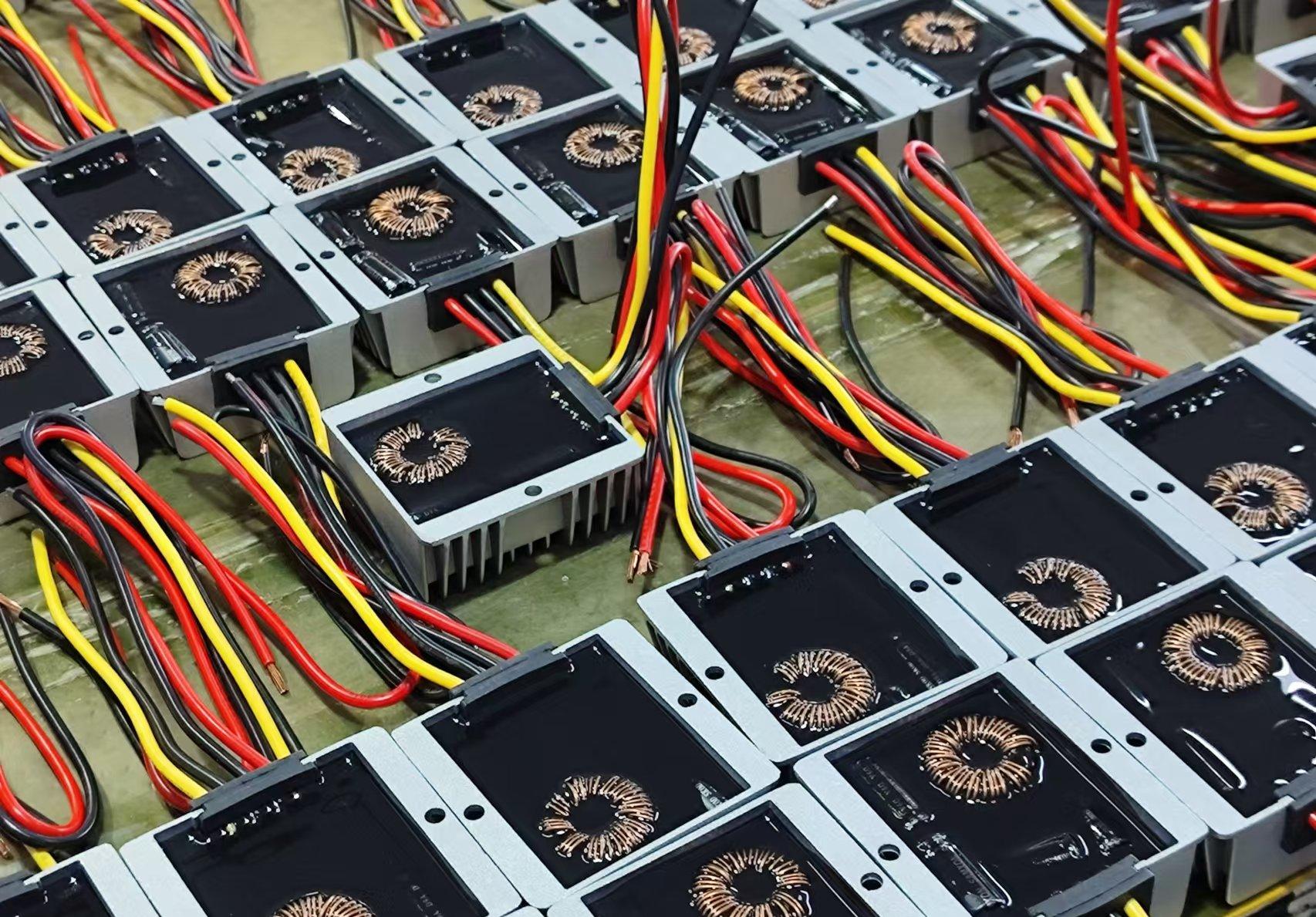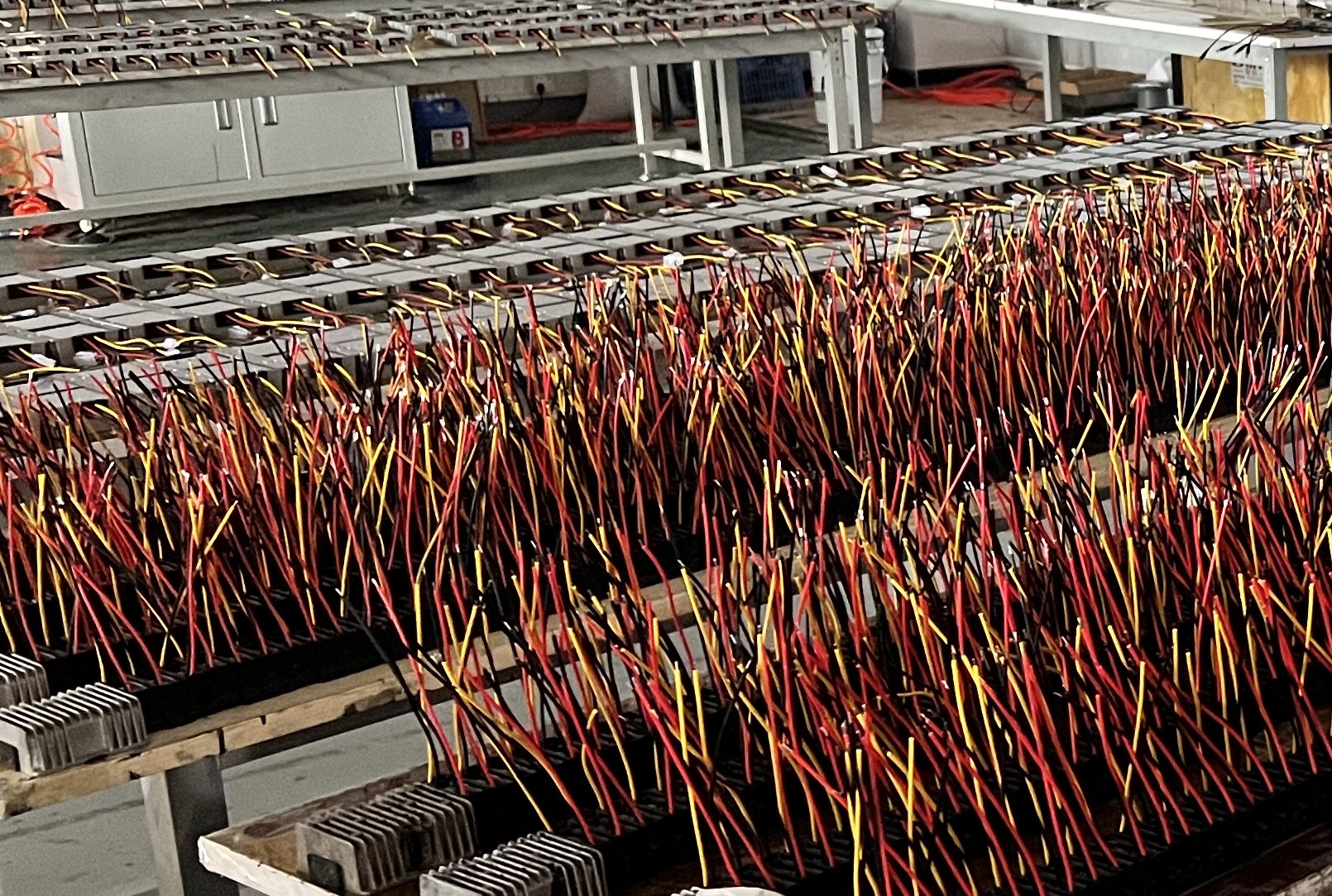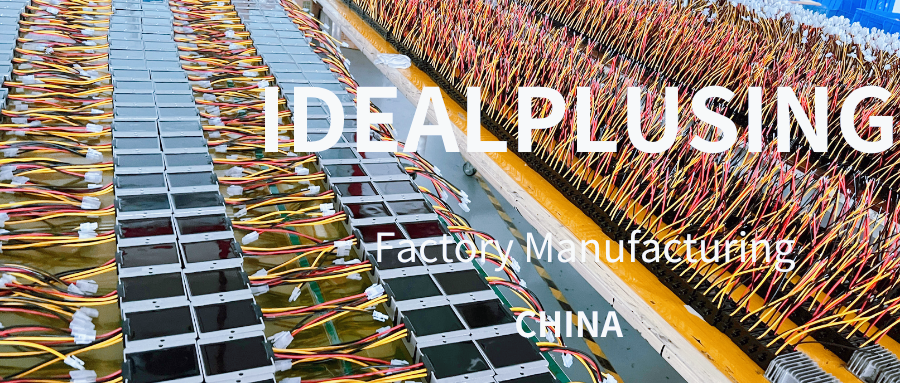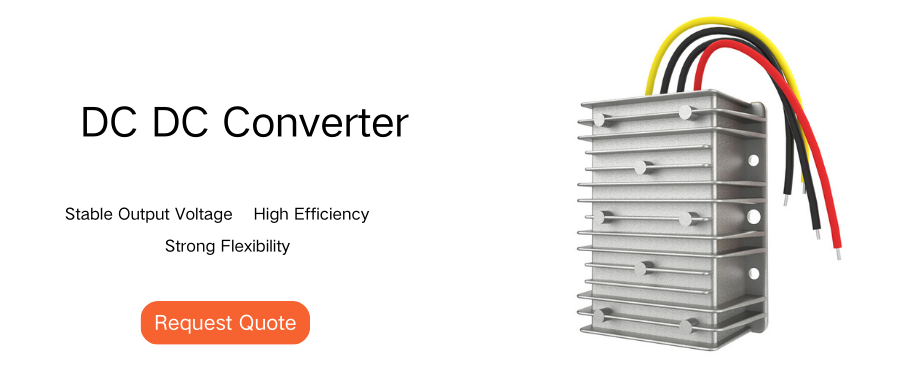Buck DC/DC converters are power conversion devices that reduce input voltage to a lower voltage level and are widely used in electronic devices. Improving the efficiency of buck DC/DC converters is an important design goal because high efficiency can reduce heat loss, reduce energy consumption, and extend battery life. Here are some ways to improve efficiency:
Choose the right topology
Choose the right topology, such as continuous conduction mode (CCM) or discontinuous conduction mode (DCM), based on the application requirements. CCM is generally more efficient, but the design complexity and cost are also higher.
Optimize switching frequency
The choice of switching frequency has a significant impact on efficiency. Higher switching frequencies can reduce the size and cost of passive components, but increase switching losses. A balance needs to be found between efficiency and cost.
Use high-efficiency switching devices
Choose MOSFETs or IGBTs with low on-resistance (Rds(on)) and low gate charge (Qg) to reduce switching losses.

Synchronous rectification technology
Using synchronous rectification in a buck converter can reduce the forward voltage drop of the rectifier diode, thereby improving efficiency.
Minimize conduction loss
By optimizing the circuit design and reducing the resistance on the conduction path, the conduction loss can be reduced.
Use soft switching technology
Soft switching technology such as zero voltage switching (ZVS) or zero current switching (ZCS) can reduce switching loss and improve efficiency.
Optimize control strategy
Adopting advanced control strategies such as digital control or mixed signal control can more accurately adjust the output voltage and reduce unnecessary energy loss.

Use high-efficiency auxiliary power supply
The auxiliary power supply provides energy for the controller and other auxiliary circuits. Choosing a high-efficiency auxiliary power supply can reduce overall loss.
Optimize layout and wiring
Reasonable layout and wiring can reduce the impact of parasitic parameters, reduce electromagnetic interference and improve efficiency.
Thermal management
Good thermal management can prevent the device from overheating and keep the device running at the optimal operating temperature, thereby improving efficiency.

Use high-efficiency magnetic components
Choosing high-efficiency inductors and transformers can reduce core loss and copper loss.
Load and input voltage adaptability
Consider the changes in load and input voltage during design to ensure that high efficiency can be maintained under different conditions.
By comprehensively considering the above factors, a high-efficiency step-down DC/DC converter can be designed. However, in practical applications, trade-offs may need to be made based on specific needs and cost constraints.






